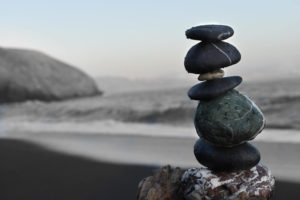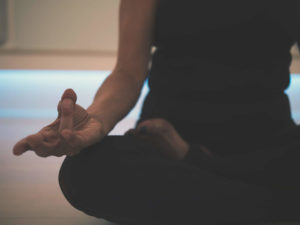Three Tips to Stay Present in the Present
Here are some tips to stay present in the moment:
1. Place your feet on the floor
You can either find a quiet place, a chair, or simply stand still for a few minutes. Keep your feet on the floor with both feet. To feel firmly rooted to the ground by the gravitational force, bring your entire weight into your body. Continue to feel the ground beneath your feet. Do not let your thoughts drift away. Instead, say the following sentences to yourself: I’m here. I’m alive. I matter. You are OK. Focus your attention on your soles. Relax, slow down, breathe and be present.
2. Take 6 deep belly breaths
Slowly and deeply inhale into your belly. After you have inhaled deeply, take a moment to pause and then exhale through your mouth. Imagine that you’re eating hot soup. Let go of your inhale and let your body relax. You should exhale twice as fast as you inhale. Click here to try deep-belly breath with me.
3. Name the things you see and hear in your surroundings
Now, look around the room and name three colors, three textures, and three sounds that you can hear from the outside or inside the room. Next, find three more colors, sounds, and textures. Do it again.
The Change Triangle Bonus Technique
Use the Change Triangle to observe your thoughts, emotions and body sensations now, so you can stay more in the present. The Change Triangle tool for emotional well-being helps us to move beyond our worries. It helps us identify the root and inhibitory emotions that cause worry thoughts and ruminations. The Change Triangle helps us become more present and in touch with our bodies, allowing us to see what is happening right now. It is important to recognize when we are trying to avoid emotions, feeling anxious, feeling guilt or shame, or if we are experiencing core emotions such as anger or sadness. The Change Triangle is the best tool I’ve found to help me understand my emotional world.
It takes practice for a lifetime to stay present. It is the effort that makes the difference. Try the tips without judging yourself. You’ll be able to return to the present and have a place where you can “rest easily” whenever you need it.






